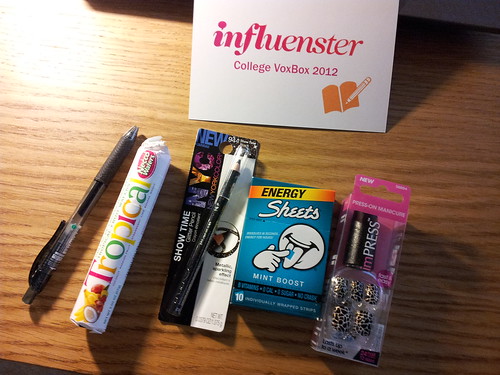Neutrogena Healthy Defense Daily Moisturizer SPF 50 w/ Helioplex

Well, here we go.
What do I normally look for in a sunscreen?
- Does not feel too thick or heavy
- Doesn't cause me to break out
- SPF 30 or higher
- Affordable
- Protects against UVA and UVB rays
- Preferrably a physical sunscreen (zinc oxide, titanium oxide) rather than chemical (avobenzone, octisalate, octocrylene, oxybenzone, homosalate, etc)
Ingredients, according to drugstore.com:
Active Ingredients: Avobenzone (3%), Homosalate (12%), Octisalate (5%), Octocrylene (2.35%), Oxybenzone (6%)
Inactive Ingredients: Water, Dimethicone, Triloxane, Diethylhexyl 2, 6 Naphthalate, Glycerin, Glyceryl Stearate, Cetearyl Alcohol, PEG 100 Stearate, Potassium Cetyl Phosphate, Behenyl Alcohol, Caprylyl Methicone, Ethyhexylglycerin, Pantothenic Acid, Retinyl Acetate (Vitamin A), Ascorbic Acid (Vitamin C), Tocopheryl Acetate (Vitamin E), Tocopherol (Natural Vitamin E), BHT, Polymethyl Methacrylate, Hydrogenated Palm Glyceride, Styrene Acrylates Copolymer, Cetearyl Glucoside, Xanthan Gum, Disodium EDTA, Methylparaben, Propylparaben, Methylisothiazolinone, Benzyl Alcohol
I've used this sunscreen for several weeks now. What did I think of it?
Pros:
- Protects against UVA and UVB rays
- High SPF
- Does not feel too greasy
- Didn't seem to make me break out more than usual
Cons:
- Pricey ($14 for 1.7 oz, according to drugstore.com) -> that's comparable to some high-end sunscreens!
- Is a chemical sunscreen, so has problems associated with that (more time to absorb, perhaps negative side effects from avobenzone, etc)
In summary, what did I think of this? I think this product did its job, but I think there are also better products out there on the market that might be even better and more affordable. I would wait awhile and check out other products before considering buying the full-sized version of this one.
Still searching for that ideal sunscreen!
Source: 1 / 2
Past posts (this is getting too long!)
Part 7: Shiseido Sun Protection Eye Cream SPF 32
Part 8: Clean & Clear Finishes Oil-Free Pore Perfecting Moisturizer w/ SPF 15
Part 8: Clean & Clear Finishes Oil-Free Pore Perfecting Moisturizer w/ SPF 15
Part 9: Coppertone Oil Free Sunscreen Lotion, SPF 30
Part 10: Wrap-up (Season 1)
Part 11: Season 2 Start - MAC Studio Moisture Fix SPF 15
Part 12: Avon Anew Rejuvenate 24-Hour Eye Cream, SPF 25
Part 13: Articles
Part 13.1: Articles (further updated)
Part 14: Neutrogena Sensitive Skin Sunblock SPF 30
Part 10: Wrap-up (Season 1)
Part 11: Season 2 Start - MAC Studio Moisture Fix SPF 15
Part 12: Avon Anew Rejuvenate 24-Hour Eye Cream, SPF 25
Part 13: Articles
Part 13.1: Articles (further updated)
Part 14: Neutrogena Sensitive Skin Sunblock SPF 30















